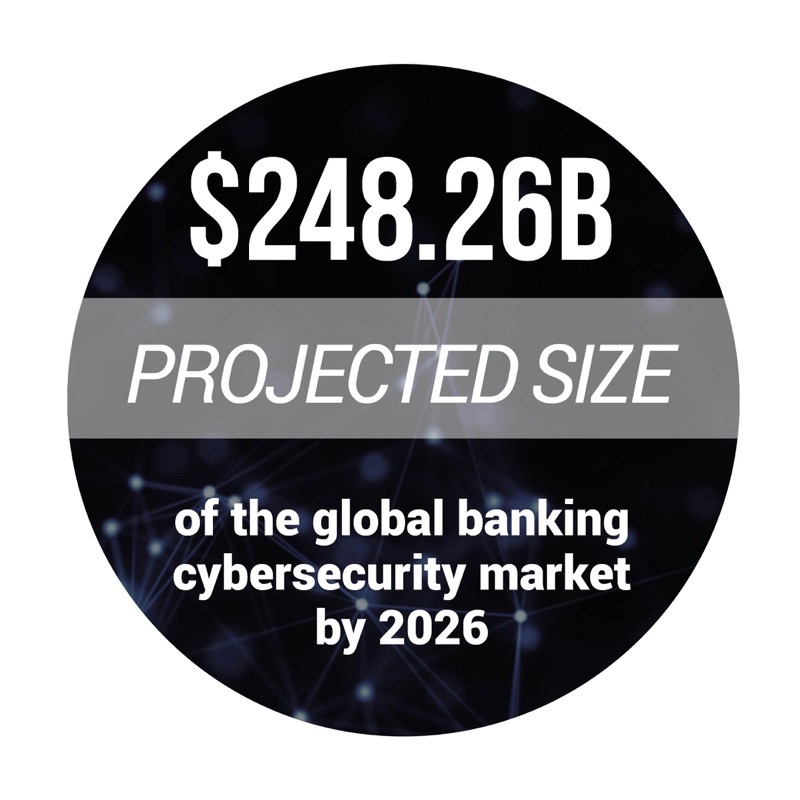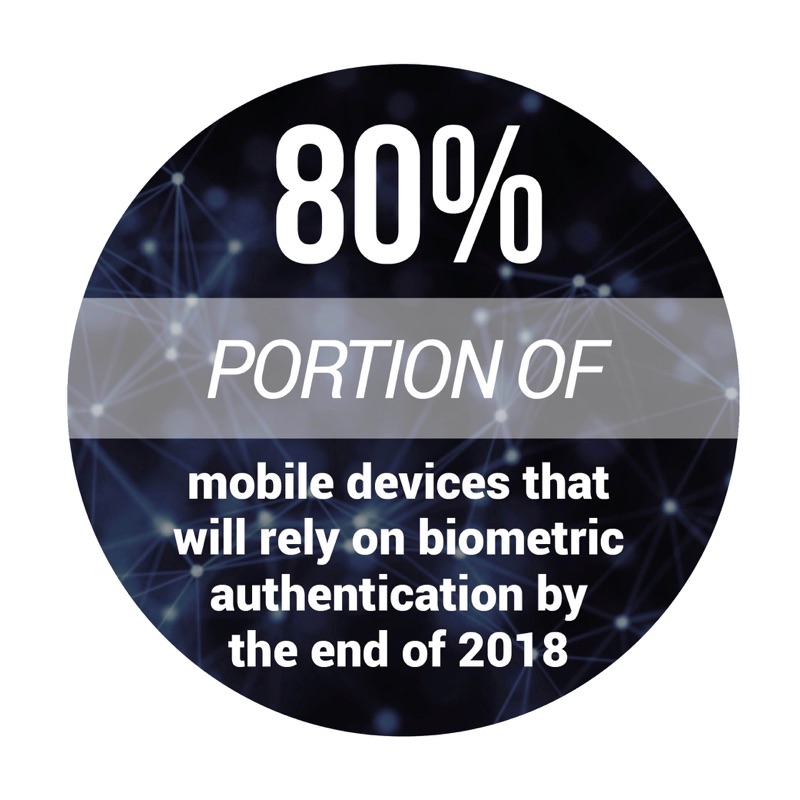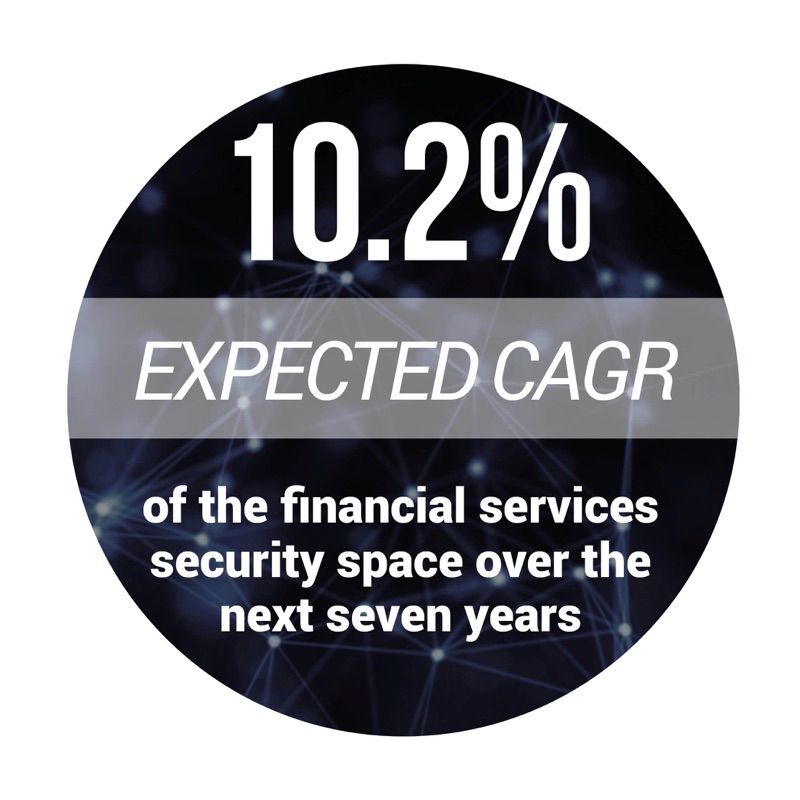
Cyberattacks on banks have become seemingly inevitable, with banks and financial institutions (FIs) at risk of losing as much as $100 billion to online fraud every year.
FIs hoping to win the fight against fraud are increasingly embracing new tools and technologies like machine learning (ML) and artificial intelligence (AI). However, preventing cyberattacks from impacting an FI is only half the battle. The other half? How to react and recover when that impact hits.
 In the latest issue of the Omni Security And Authentication Report™, PYMNTS explores how banks are working to both prevent cybercrime and deal with the aftermath of a successful attack.
In the latest issue of the Omni Security And Authentication Report™, PYMNTS explores how banks are working to both prevent cybercrime and deal with the aftermath of a successful attack.
Around The Security And Authentication Space
Big banks have been especially vulnerable to cyberattacks as of late, according to one recent report. The government is said to be warning large FIs about bank cybersecurity and possible threats. Several big banks — including Bank of America, Citigroup, JPMorgan Chase and Wells Fargo — are being called on to closely monitor traffic for fraud.
Apple recently experienced a security scare of its own. Researchers from Duo Security found a vulnerability in Apple devices that could allow hackers to  obtain corporate customers’ Wi-Fi and application passwords. It was also discovered that Apple’s Device Enrollment Program (DEP) exposes company passwords and other sensitive information if a “rogue” device becomes enrolled.
obtain corporate customers’ Wi-Fi and application passwords. It was also discovered that Apple’s Device Enrollment Program (DEP) exposes company passwords and other sensitive information if a “rogue” device becomes enrolled.
Even the U.S. government isn’t free from cybercrime concerns. The State Department was recently forced to disclose a data breach in which the personal information of some employees was exposed. The State Department said in a statement sent to affected employees that the breach was an “activity of concern” that impacted less than 1 percent of employee email inboxes.
For more on these stories and other news from around the space, check out the Report’s News and Trends section.
Why Bank Security Is About More Than Just Preventing Attacks
As cybercriminals target FIs, and as industry giants like Apple come under fire for security loopholes, many are saying that preventing attacks is no longer enough for companies doing business online.
 In a recent interview with PYMNTS, Silicon Valley Bank’s Chief Security Officer Nick Shevelyov explained that, like many in the industry, the bank uses AI and ML to rapidly analyze massive troves of data to find signs of suspicious or fraudulent transactions, the presence of malware or other indications that fraudsters are afoot. However, he also claimed that even techniques and tools specifically designed to stop fraudsters are no longer enough to prevent increasingly sophisticated and successful cyberattacks.
In a recent interview with PYMNTS, Silicon Valley Bank’s Chief Security Officer Nick Shevelyov explained that, like many in the industry, the bank uses AI and ML to rapidly analyze massive troves of data to find signs of suspicious or fraudulent transactions, the presence of malware or other indications that fraudsters are afoot. However, he also claimed that even techniques and tools specifically designed to stop fraudsters are no longer enough to prevent increasingly sophisticated and successful cyberattacks.
In the latest Omni Security And Authentication Report™, Shevelyov explained why preventing attacks is only half the omnichannel security battle.
“Maybe 20 years ago, the aspiration was really robust security — meaning you could stop all cyberattacks,” he said. “Today, it’s about how you remain resilient when things do impact your organization.”
About The Report
The Omni Security And Authentication Report™, powered by CA Technologies, is the go-to source for the latest authentication and security developments, data, news and trends.